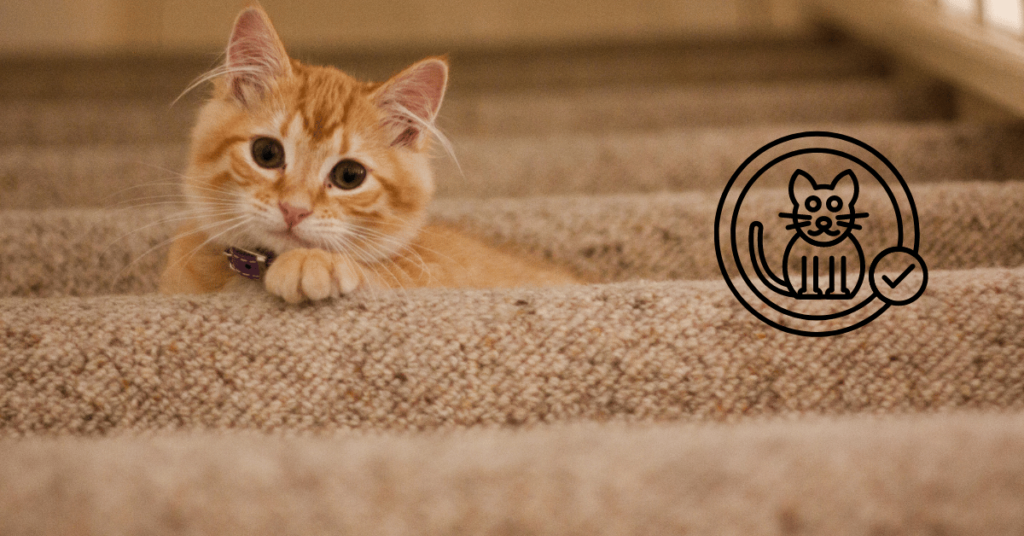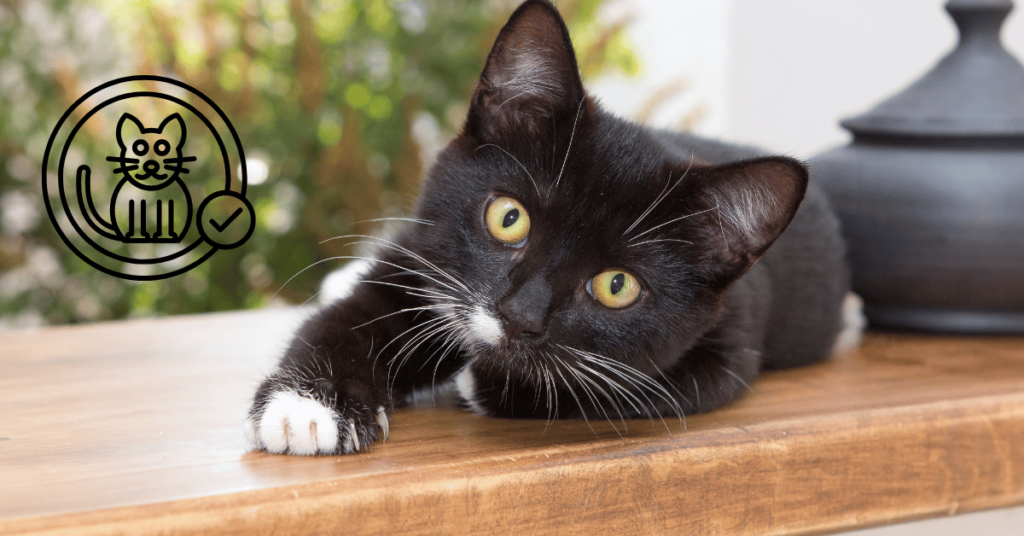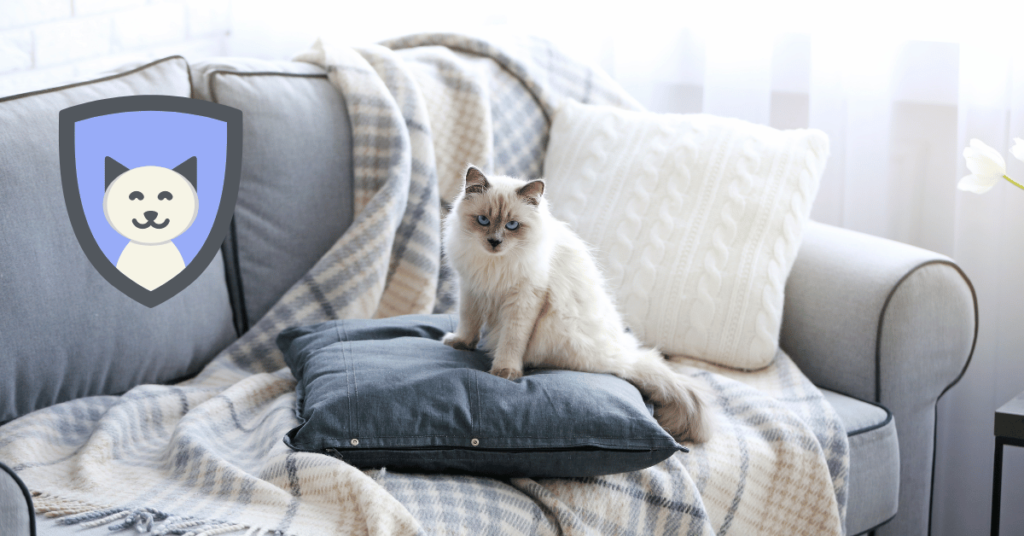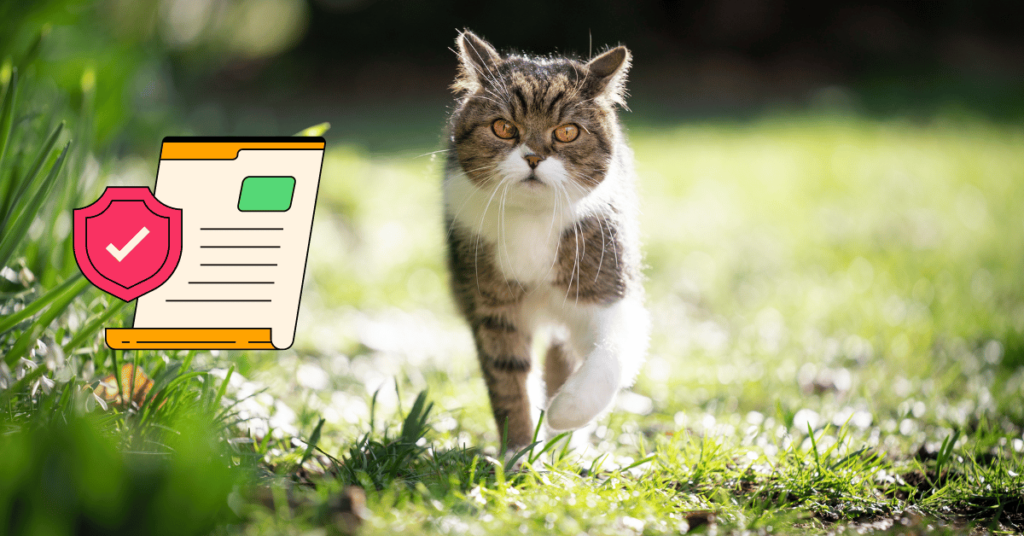Pet insurance is a valuable safety net for covering unexpected veterinary costs. With medical expenses for pets easily running into the thousands, having insurance for your cat can save you from financial strain when your furry friend needs medical attention. But some pet owners wonder: Can you have more than one cat insurance policy? And is it a good idea to double up on coverage?
This article answers those questions and provides important information about managing multiple pet insurance policies.
Can You Insure Your Cat Twice?
Yes, it is possible to have more than one insurance policy for your cat. You can enroll in multiple pet insurance plans from different providers if you choose to. However, it’s important to understand that having two policies doesn’t mean you’ll get double the reimbursement for a single incident. You can only make one claim per expense, meaning you cannot file the same claim with two providers.
Attempting to claim twice for the same medical treatment is considered insurance fraud, which could lead to both policies being voided and future claims being rejected. Insurance companies ask if you have any other policies when you submit a claim, and withholding this information can lead to legal consequences. So you should avoid this mistake!
Is It Legal to Have More Than One Pet Insurance Policy?

Yes, it is completely legal to have more than one pet insurance policy for your cat. However, while it’s not against the law, it may not always be the best idea.
Why Having Multiple Policies Isn’t Recommended
- Higher Costs: You’ll be paying two premiums for the two policies, but you can only use one policy to make a claim. This means you’re spending extra money without receiving additional coverage benefits.
- Potential Claim Rejections: Many insurance policies include clauses that deny claims if the company discovers you have multiple policies. This could leave you without reimbursement from either policy if you attempt to file a claim with one provider and they find out about the second policy.
For most cat owners, paying for two separate policies is an unnecessary and potentially risky expense. However, some pet parents choose to overlap policies during a transition period when switching providers, which can be beneficial under certain circumstances.
Should You Cancel Your Cat Insurance Policy Before Switching Providers?
No, you don’t have to cancel your existing cat insurance policy before signing up with a new provider. In fact, it’s often recommended to keep both policies active for a short overlap period. This ensures your cat is covered during the waiting period of the new policy.
Why Overlap Policies?
When you sign up for a new cat insurance plan, most providers have a waiting period before coverage takes effect, typically around 14 days for illnesses and accidents. During this time, if your cat gets sick or injured, your new policy won’t cover the expenses. By keeping your old policy active until the new one begins, you ensure continuous coverage and minimize the risk of having to pay out-of-pocket for unexpected vet bills.
What Happens During the Overlap?
If your cat needs treatment during the overlap, you can file a claim with your old insurance provider. Just be aware that any condition you claim for during this period may be considered a pre-existing condition by your new provider, which means it may not be covered by the new policy going forward.
Once the new policy’s waiting period ends, you should cancel the old policy to avoid paying double premiums. Be sure to notify your previous insurer to stop automatic payments, as failure to do so could result in being charged for both plans.
Things to Consider When Switching Cat Insurance Providers

When switching insurance providers, it’s important to consider a few factors to ensure your cat continues to receive the best coverage.
1. Waiting Periods
Different pet insurance companies have varying waiting periods. Some providers offer accident coverage as early as the next day, while others require a waiting period of up to two weeks for accidents and illnesses. Be sure to compare waiting periods when switching to a new plan to avoid gaps in coverage.
2. Pre-Existing Conditions
Any medical condition that was diagnosed or treated before your new insurance policy kicks in will likely be considered a pre-existing condition. Pre-existing conditions are typically excluded from coverage, so it’s important to understand how this could impact your cat’s care.
3. Policy Overlap
Some pet owners choose to overlap their insurance policies during the waiting period to ensure their cat is continuously protected. However, remember to cancel your old policy once the new one becomes effective to avoid unnecessary costs.
How to Cancel Your Old Cat Insurance Policy
Once your new policy is in place and the overlap period has ended, it’s time to cancel your old insurance plan. Most insurance companies require written notice of cancellation, and simply stopping payments does not automatically terminate the policy. Be sure to follow your provider’s cancellation procedures to avoid late fees or unpaid premiums.
Conclusion
While it’s possible to insure your cat with multiple pet insurance policies, it’s not recommended due to the extra costs and the risk of claim denials. If you’re switching providers, keeping two policies temporarily during the waiting period can be beneficial, but make sure to cancel the old policy once your new coverage kicks in.
Pet insurance is a valuable tool in managing your cat’s health and ensuring you’re financially prepared for emergencies. By understanding the ins and outs of having multiple policies, you can make informed decisions that protect both your cat and your wallet.
So that was all about this article. If you have any further questions feel free to comment down below. We are always here to help you!




